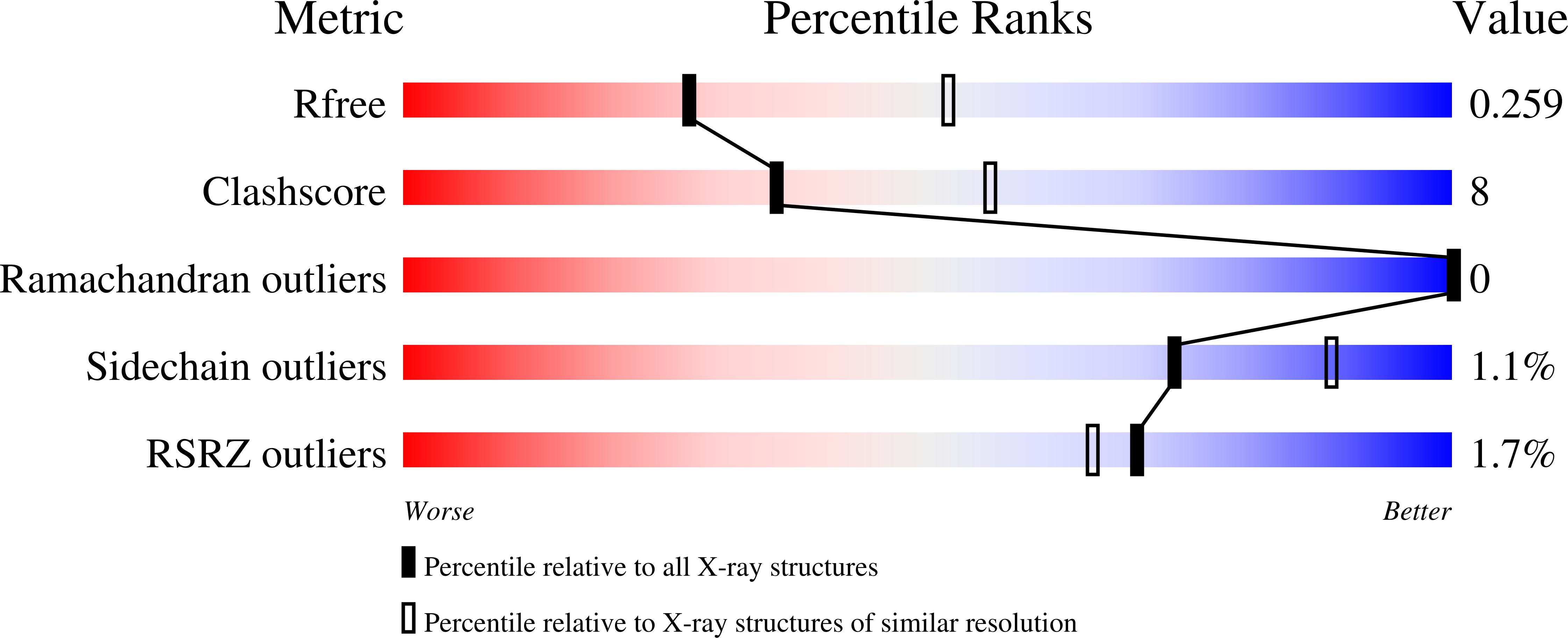
Deposition Date
2020-02-03
Release Date
2020-12-16
Last Version Date
2023-10-11
Entry Detail
Biological Source:
Source Organism:
Hypocrea jecorina (strain QM6a) (Taxon ID: 431241)
Host Organism:
Method Details:
Experimental Method:
Resolution:
2.60 Å
R-Value Free:
0.25
R-Value Work:
0.19
R-Value Observed:
0.19
Space Group:
I 1 2 1


